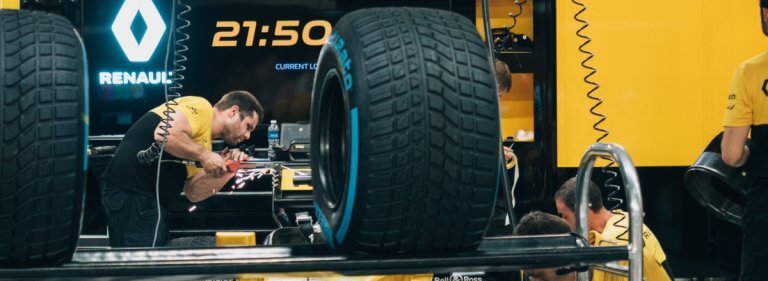
Post-school qualifications will be necessary for most jobs in Australia’s future workforce or the country’s productivity could be at risk, a think-tank has found.
Enormous changes must be done to ensure that more are enrolled in university studies or vocational education and training (VET). If the country continues with the respective sectors’ current growth rates, it will result in 10.7 percent fewer tertiary graduates in over a decade, according to Victoria University’s Mitchell Institute report “Participation in tertiary education in Australia”.
A new vocational training system is necessary to ensure VET enrolments increase, according to Professor of Tertiary Education Policy, Peter Noonan. He said the fee structure needs to be changed from the current one requiring students doing the most basic VET courses to pay fees upfront.
Take the example of a VET student preparing for a job in the aged care sector where pay is around AU$40,000 a year. As courses cost between AU$2000 – 5000, their future pay does not justify them forking out the upfront cost.
“Without comprehensive, considered policies that support both VET and higher education, we face a real danger of having less working-age Australians contributing to our economy,” Noonan said.
“The flow-on effects of this could impact communities around the country, especially as the cost of supporting our aging population grows.”

By 2056, more than one in five Australians will be aged 65 and above. Source: Jeff Sheldon on Unsplash
Speaking to The Guardian, director of the Mitchell Institute Megan O’Connell said VET is becoming less attractive thanks to a combination of reputation damage and the lack of a “cohesive funding framework” for the system.
Noonan said last year one of the biggest disadvantages faced by VET students was not having access to the generous university loan scheme.
“Enrolments are going down but the most regrettable thing is that fees for students are going up, and in some cases students are paying thousands of dollars up front and they can’t get an income contingent loan like they can if they’re going to university,” he said.
Under the current funding decision for Australian universities, researchers estimate that growth will fall than if it continued to follow recent enrolment trends.
The VET sector risks the biggest decline in participation rates. Following the VET two-year trends, participation is estimated to decline from 4.3 percent in 2018 to 1.4 percent in 2030.
Compare these figures to the 47.7 percent increase that would be needed to maintain the growth level of recent years, as reported by Stuff.

Those passionate in a career in fitness can undertake VET sports and recreation courses. Source: Bruce Mars on Unsplash
International students are eligible to undertake VET courses – Australia’s equivalent of a community college – through Technical And Further Education (TAFE) institutes or private colleges known as a Registered Training Organisation (RTO).
Compared to university learning, VET courses has more practical application instead of theory-learning to develop the skills required for the occupation you are aiming for. Fees are relatively more affordable and timetables are more flexible.
Liked this? Then you’ll love these…
How chatbots are changing Australian universities
Student accommodation in Australia – everything you need to know







